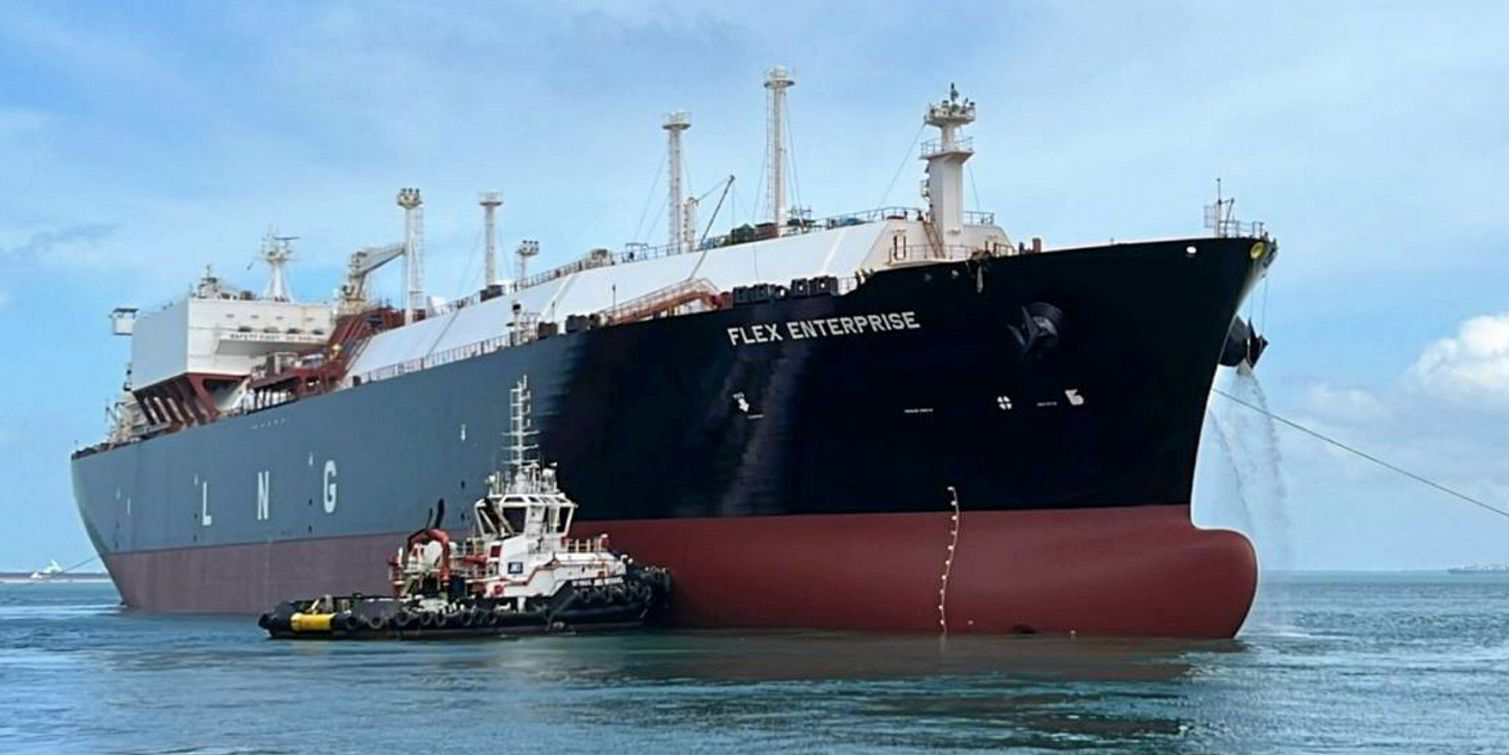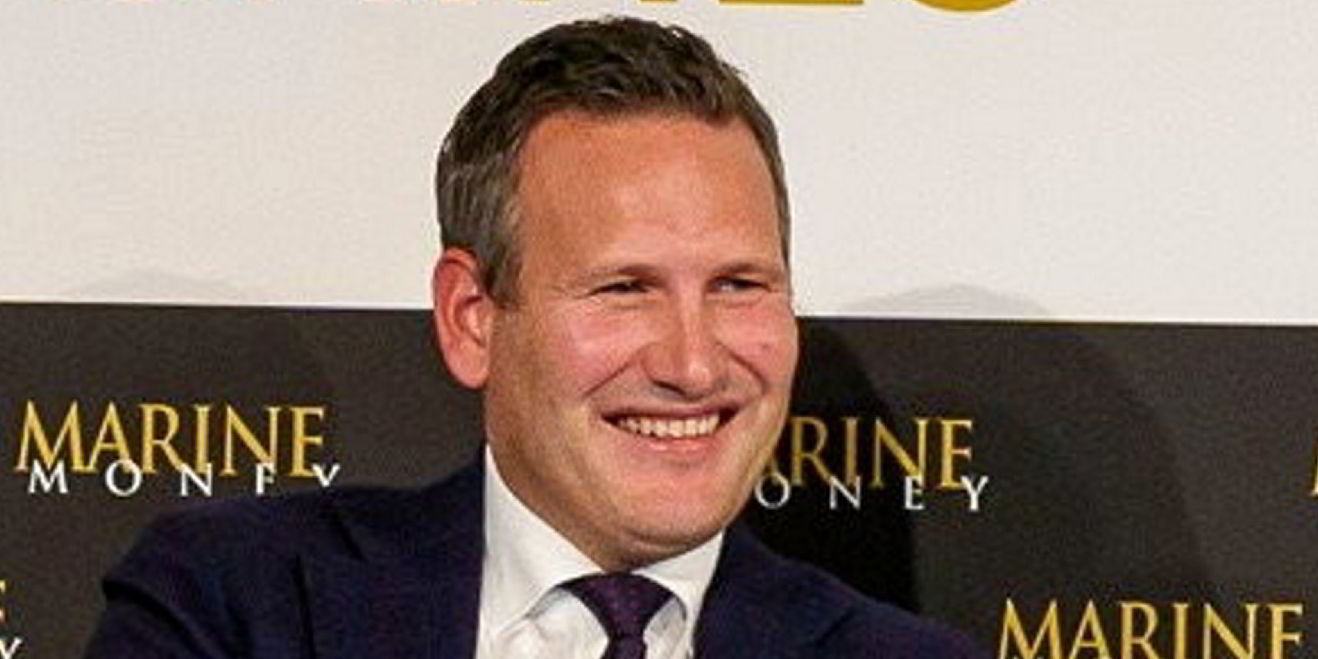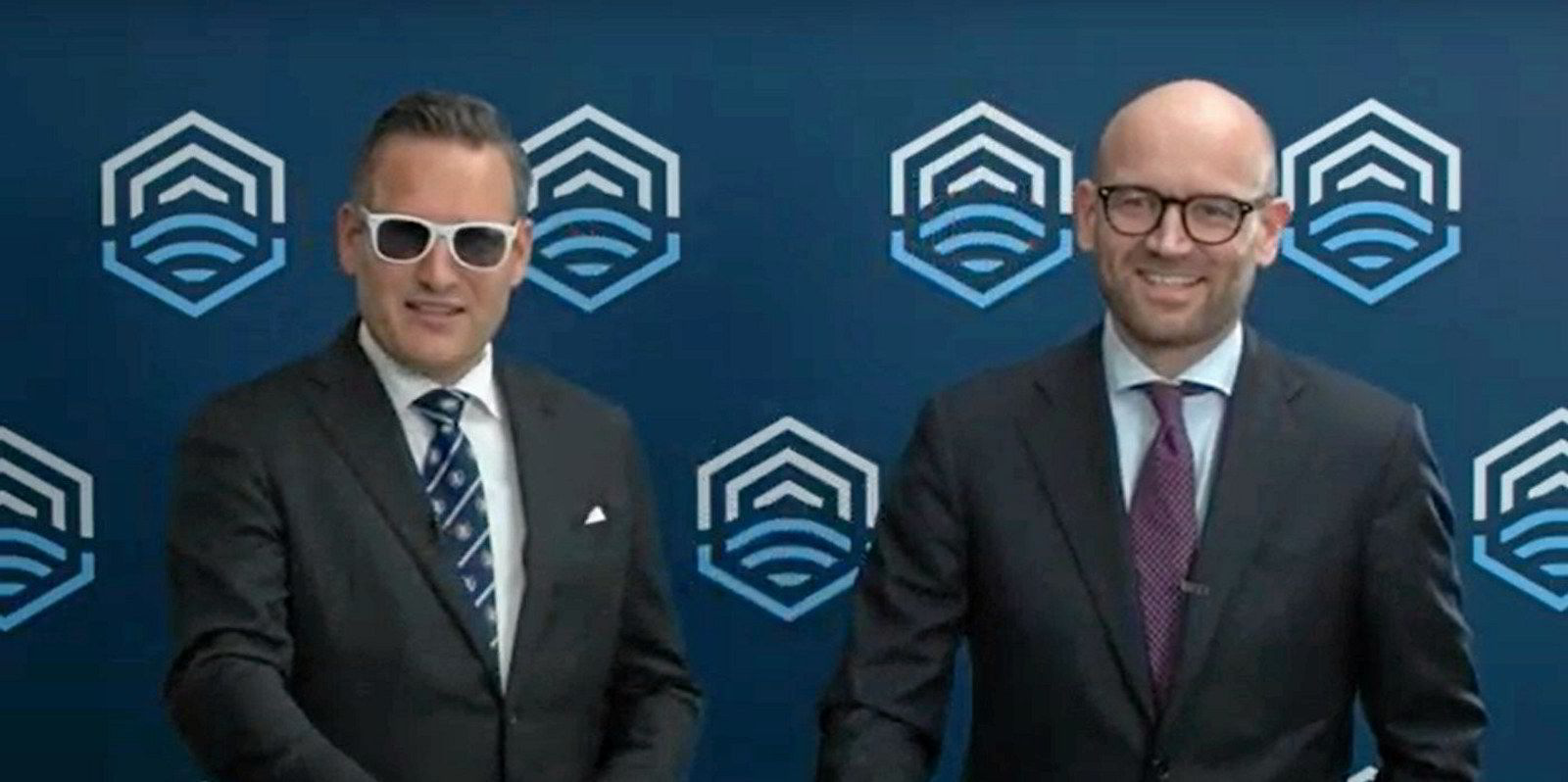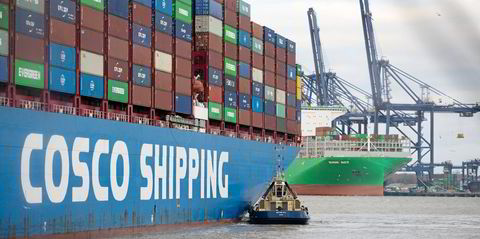John Fredriksen-controlled Flex LNG took a financial knock-back in the first three months of this year as high-interest costs kicked in, variable charter rates on vessels fell and the company put its first two ships through scheduled dry-dockings.
Net income for the first quarter crashed to $16.5m, down from $55.8m in the same period a year earlier.
The company reported a jump in interest expenses up to $26.3m for the January to March period of this year, from $14.6m in the first quarter of 2022.
Costs on cutting long-term debt, vessel operating expenses, and administration costs were also higher in the period and the company lost $2.8m on derivatives.
Vessel operating revenues climbed to $92.5m from $74.6m in the corresponding quarter of the previous year, largely on the back of the improved spot market. But they were down from $97.9m in the fourth quarter of 2022.
Flex said this fall in revenues was due to a decline in market rates, which decreased revenues on its existing variable rate hire contract, coupled with the offhire of 19 days during the dry-docking of the 173,400-cbm Flex Enterprise (built 2018) in March 2023.
The company also put the 173,400-cbm Flex Endeavour (built 2018) through its first scheduled dry-dockings in Singapore during the quarter. It has two remaining ships to dry-dock this year with another pair to follow in 2024.
Flex said average time-charter equivalent earnings for its 13-ship fleet were $80,175 per day for the first quarter compared with $81,699 in the previous three months, and $62,627 per day in the initial three months of 2022.
The company said its fleet is sold out on charter coverage for this year and is 95% covered in 2024, depending on charterers’ decisions about utilising optional hire periods.
It is sitting on 57 years of firm contract backlog and has one vessel exposed to the spot market via a variable long-term charter.
The company completed its balance sheet optimisation programme in March which has resulted in the re-financing of all ships its ships over a 16-month period.
Fleet financing
Flex chief executive Oystein Kalleklev flagged up that the company had “some additional financing costs” in the first quarter. But he said Flex now has “new attractive long-term financing” in place for its fleet.
“During the second quarter, we will carry out the two last drydocking for the year. Revenues are therefore expected to pick up in the second half of the year as the drydocking programme for the year is expected to be completed by the end of June.”
Kalleklev said despite these off-hire periods, Flex expects its revenues to increase to about $370m in 2023, with average time equivalent rates for the fleet at about $80,000 per day for the year, from $348m in 2022.
“While the spot market right now is at a seasonable low, we maintain a positive long-term view,” Kalleklev said.
The CEO said the company will not have any “fully open” ships until 2027.
He said that with LNG newbuilding prices now exceeding $260m for 2027-delivering ships this is putting upward pressure on charter rates.
Hence, we believe Flex LNG continues to be very well positioned for opportunities to re-contract our ships for longer periods at higher rates in the near future,” he added.







